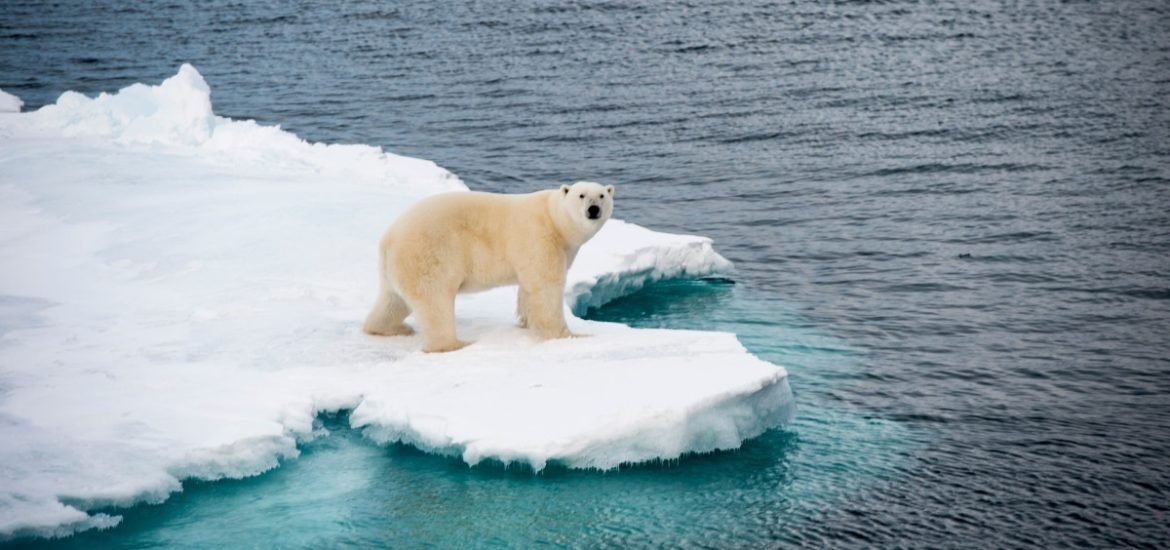
Only 20 per cent of ice formed in the Russian shelf reaches the Central Arctic, compared to around 50 per cent 20 years ago, according to a new paper published on 2 April in Scientific Reports, an open access journal (1). The rest of the ice now melts before it can leave the “nursery.”
The dramatic loss of Arctic ice disrupts the important movement of biogeochemical material and biota, thereby affecting ecological processes and leading to an increased build-up of sediment and contaminants in the central Arctic Ocean.
In winter, ice forms in the shallow Russian shelf of the Arctic Ocean. This requires cold temperature, as low as minus 40 degrees Celcius. The ice contains dissolved gases, macro-nutrients, organic matter, sediments, and pollutants and is also home to an abundance of sea ice biota, an important food source for marine organisms.
Strong offshore winds drive newly formed ice into the Central Arctic sea. The so-called trans-Arctic conveyor belt carries the sea ice further into the Central Arctic Sea, where it is eventually swept away by the Transpolar Drift, a major transport current. It takes 2-3 years for shelf ice to reach the Fram Strait, where it melts.
The team researchers from the Helmholtz Centre for Polar and Marine Research in Germany used historical satellite data from 1998 to 2017 to track the movement of sea ice movement in an effort to assess the extreme changes currently underway in the Arctic Ocean.
In the past, the important contents of sea ice made it all the way to the Fram Strait. Today, however, ice now melts much earlier than expected, according to the findings. And sea ice that does make it out of the Russian shelf often melts in the Central Arctic Sea, releasing its contents too soon. As a result, the scientists discovered that the mineral contents of the Arctic seas are changing, which may have lasting effects on ecological processes in the Arctic Ocean.
At present, most of the ice transported via the Transpolar Drift to the Fram Strait forms in the open seas and not the shelf seas. Since the Central Arctic is much deeper, the ice contains fewer algae, sediments, and nutrients from the seafloor ― the shallower waters of the Russian Shelf seas stirs more particles that are then trapped in the ice as it freezes.
Climate predictions suggest an ice-free winter in the Arctic is possible at some point in the not-so-distant future. The Transpolar Drift is already being dramatically interrupted and likely causing long-term changes in the biogeochemical cycles and ecological processes of the central Arctic Ocean.
Furthermore, the Arctic seas need ice not only for transport but many species rely on Arctic ice for survival. For example, the food source of polar bears and other animals are strongly linked to sea ice.
(1) Krumpen, T. et al. Arctic warming interrupts the Transpolar Drift and affects long-range transport of sea ice and ice-rafted matter. Scientific Reports (2019). DOI: 10.1038/s41598-019-41456-y